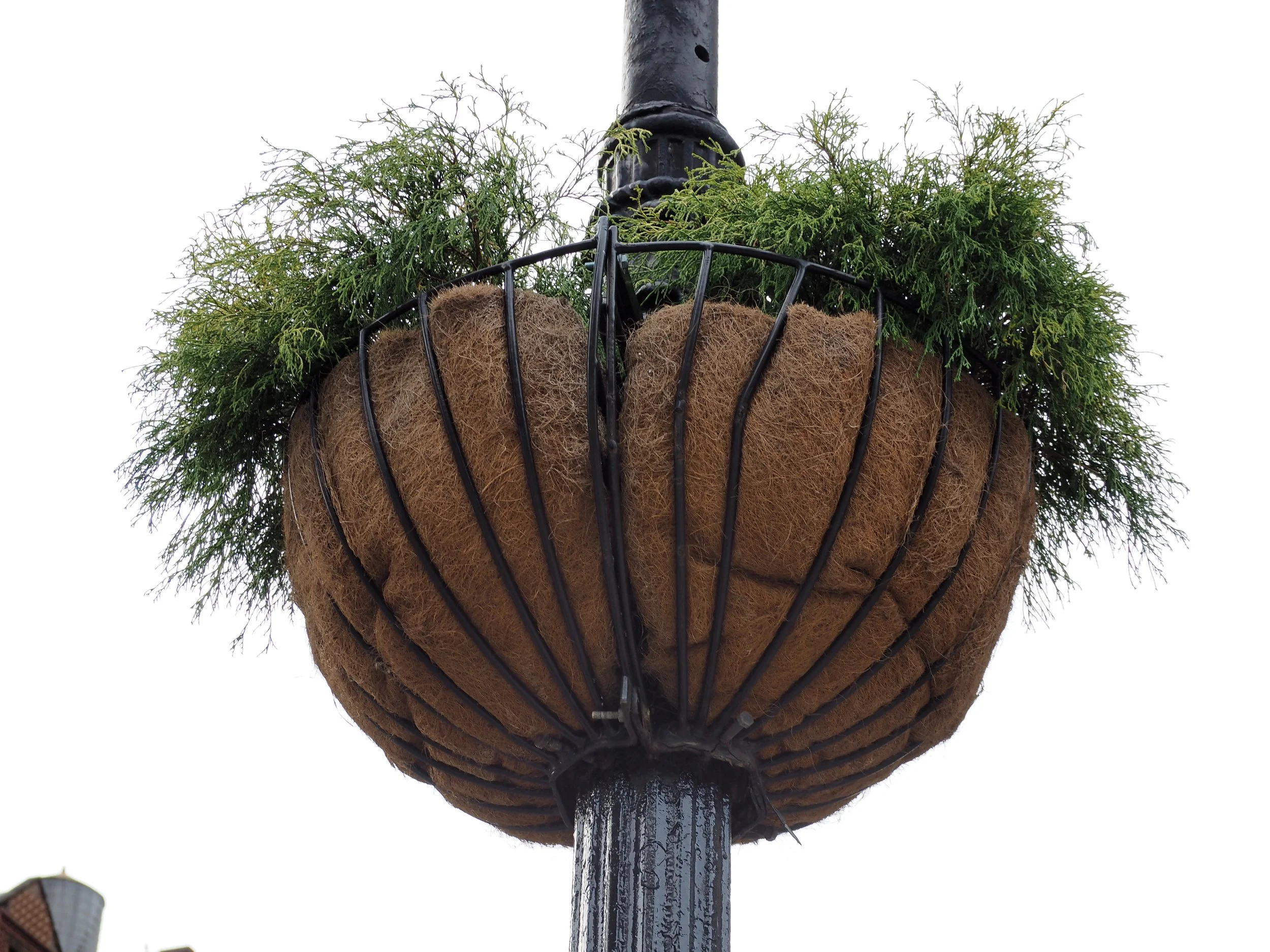
Adelaide review
Green issue 2020 | an architectural perspective
Planet Earth, our home, is an amazing place. In turns beautiful, terrifying, exhilarating, calming, it naturally provides the resources to nurture life and allow us to thrive. Working sustainably with these resources will ensure that they continue to be available to support and nurture our children, our children’s children and beyond. Considering also the social and economic outcomes alongside the ecological, what’s known as the triple bottom line of sustainability, encourages a more holistic approach to the built environment.
We at Brown Falconer are particularly interested in the ways this can be achieved from an architecture perspective; what embedded energy, or embodied carbon goes into producing the materials we use for construction. What energy will be consumed in the use and running of the buildings we design? We will look to reduce this carbon capital as we collectively work towards a net zero carbon future.
An understanding of these factors allows us to design for the optimal environmental outcome; minimal embedded energy and minimal energy consumption in the heating, cooling and general operations of a building to achieve maximum human amenity. An understanding of the principles of biophilic design further informs how the use of daylight, views, natural ventilation and improved connections to nature (among other things) will significantly enhance an individual’s sense of well-being; adding climate responsive design principles and locally sourced materials will achieve a connection to place, with its resultant evocations.
We are also interested in how a building sits in its context. How it responds to its neighbours, what does it add to the streetscape. What message does it send to its users and its viewers? What does it add to the social construct of its community? These questions and more are important if we are to enrich the urban fabric in which we live, work and play.